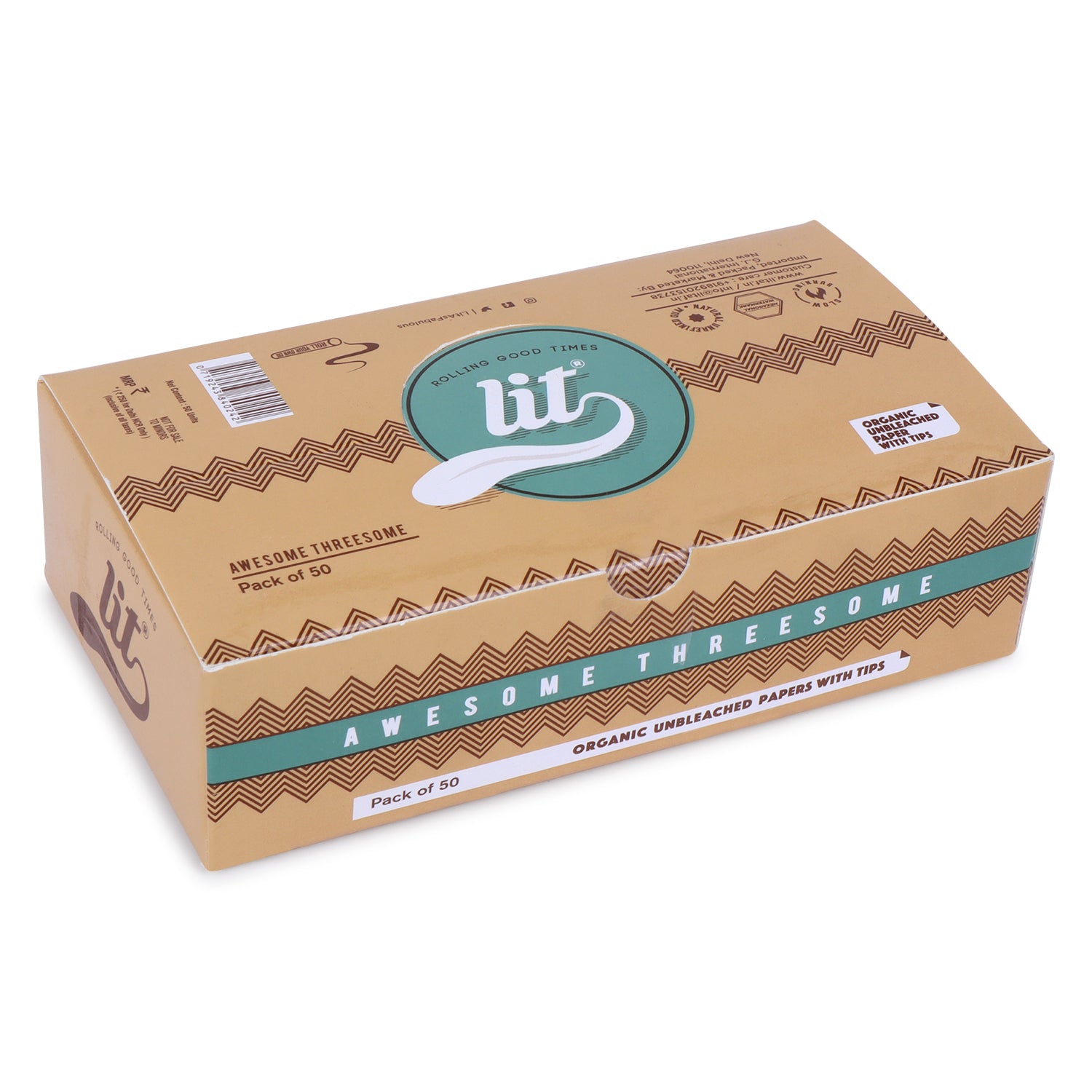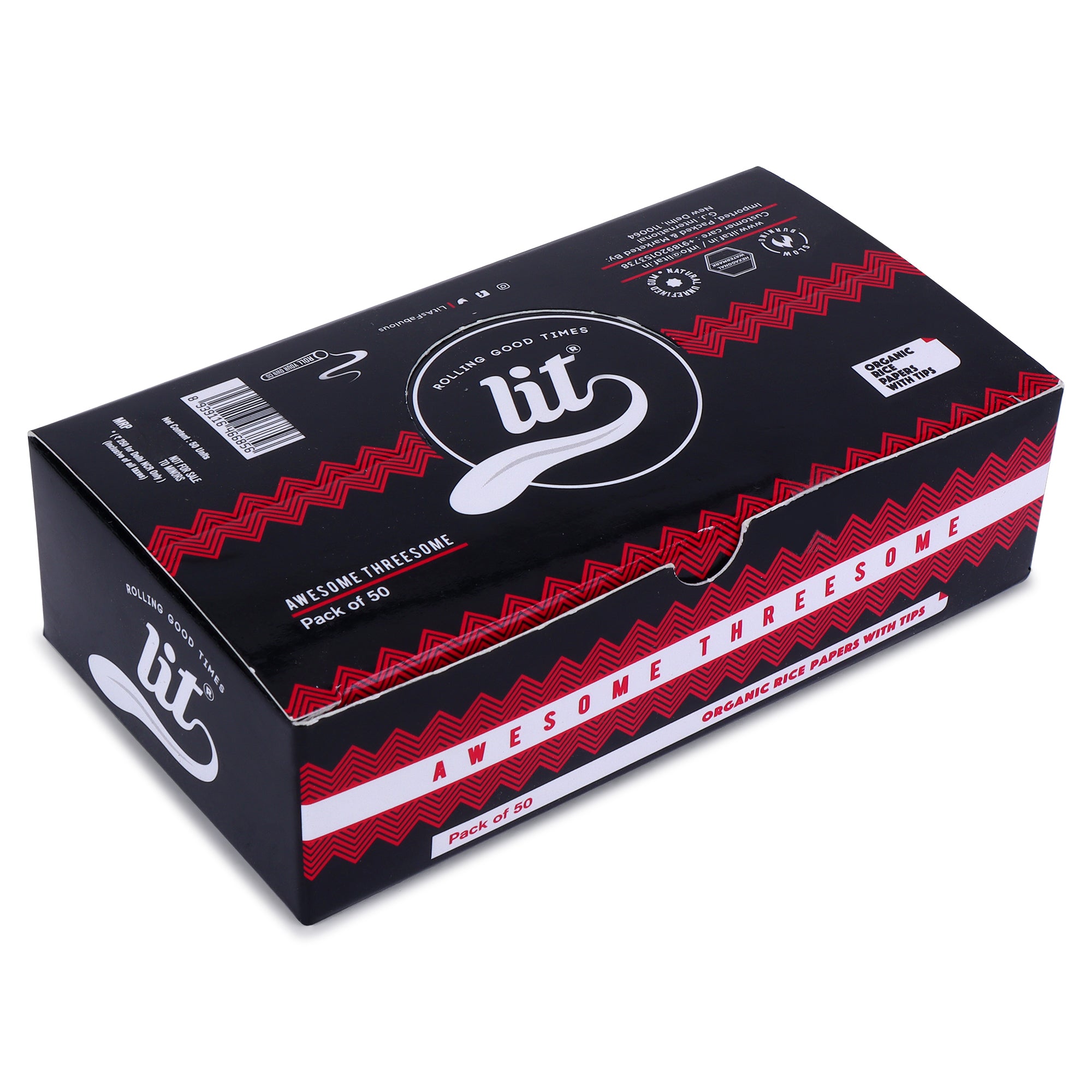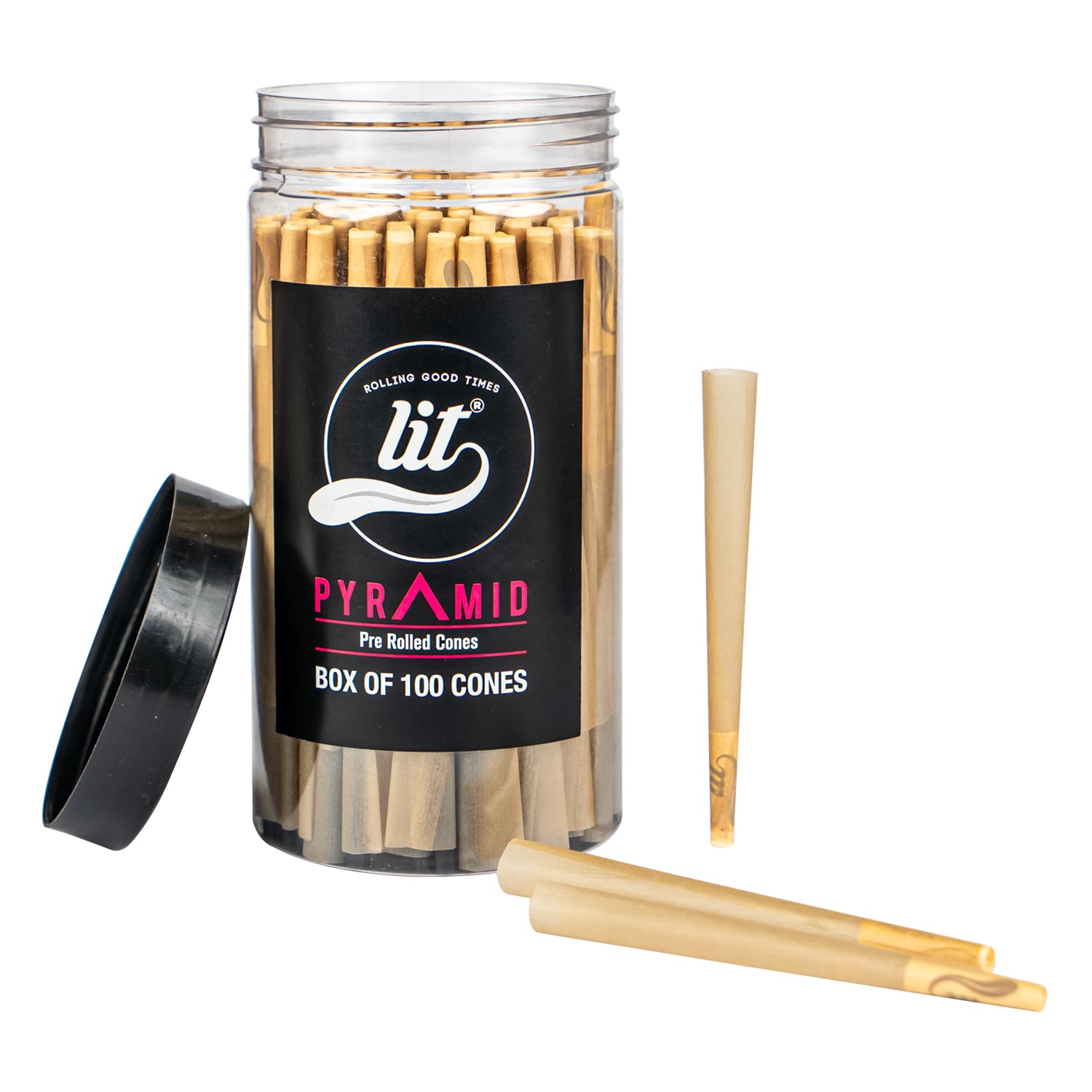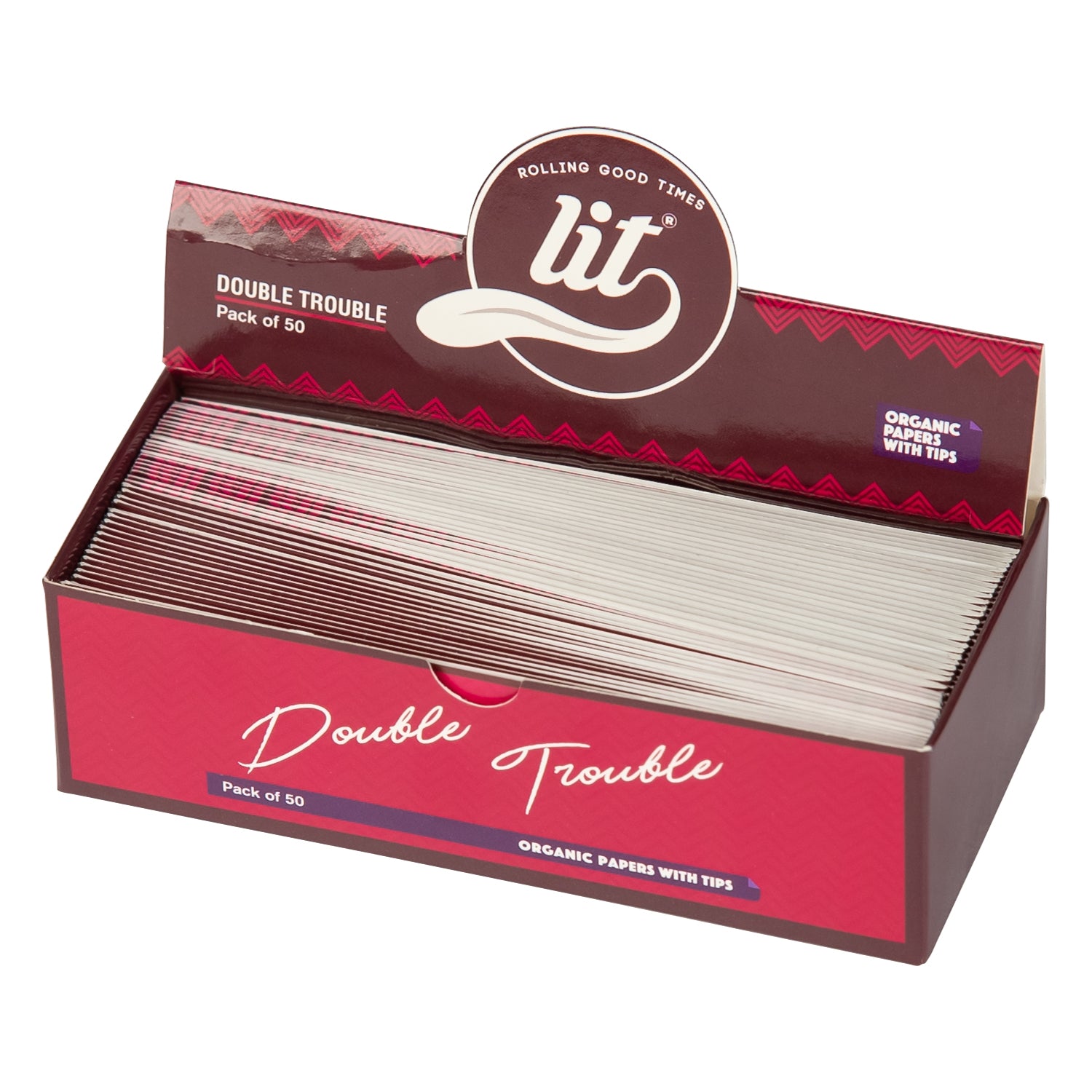Smoking Paper Safety: What You Should Know About Additives
When choosing smoking paper, most people think about thinness, taste, or how smoothly it burns. But one of the most important factors is often overlooked: the additives used in the paper. These hidden ingredients can affect not only the flavor and burn quality but also what enters your body with every puff.
What Are Additives in Smoking Paper?
Additives are extra substances used during the production of smoking paper. They can change the paper’s appearance, influence how fast it burns, or add flavors. The most common types include:
-
Whitening agents such as chlorine or calcium carbonate
-
Burn regulators that make the paper burn faster or slower
-
Artificial flavors and sweeteners for taste and aroma
-
Synthetic adhesives or gums to help the paper stick when rolled
While they may enhance the look or performance of smoking paper, they also change the chemical profile of the smoke you inhale.
Common Additives Found in Smoking Paper
Chlorine Bleach
Some papers are bleached to look bright white. This process can release toxic byproducts like dioxins when the paper burns, which are linked to respiratory irritation.
Calcium Carbonate
Often used to control burn rate, calcium carbonate can make the smoke harsher and leave behind residue that does not belong in the lungs.
Flavors and Sweeteners
Flavored smoking papers are popular for variety, but the artificial chemicals that create fruity or sugary tastes can introduce additional toxins during combustion.
Synthetic Gums
Natural gum, such as acacia, is a safe adhesive. But many low-quality papers use synthetic glues, which may release harmful compounds when burned.
Health Effects of Additives in Smoking Paper
Using smoking paper that contains additives can:
-
Cause irritation in the throat and lungs
-
Increase exposure to harmful chemicals linked to long-term health issues
-
Trigger allergic reactions in sensitive users
-
Affect the smoothness and taste of the smoking experience
Frequent smokers are at greater risk since these effects build up over time.
How to Identify Safer Smoking Paper
There are ways to make smarter choices when buying smoking paper:
-
Look for organic, unbleached options made from hemp or rice
-
Choose papers that use natural gum like acacia instead of synthetics
-
Avoid ultra-white papers that may have been chemically treated
-
Limit use of flavored smoking papers to occasional use
-
Pick brands that provide transparency about their materials
Are All Additives in Smoking Paper Dangerous?
Not every additive is harmful. Some natural minerals are used to improve texture or maintain burn consistency. The concern lies with chemical additives that alter the smoke and increase unnecessary risks. Safer alternatives are those labeled natural, unbleached, and additive-free.








